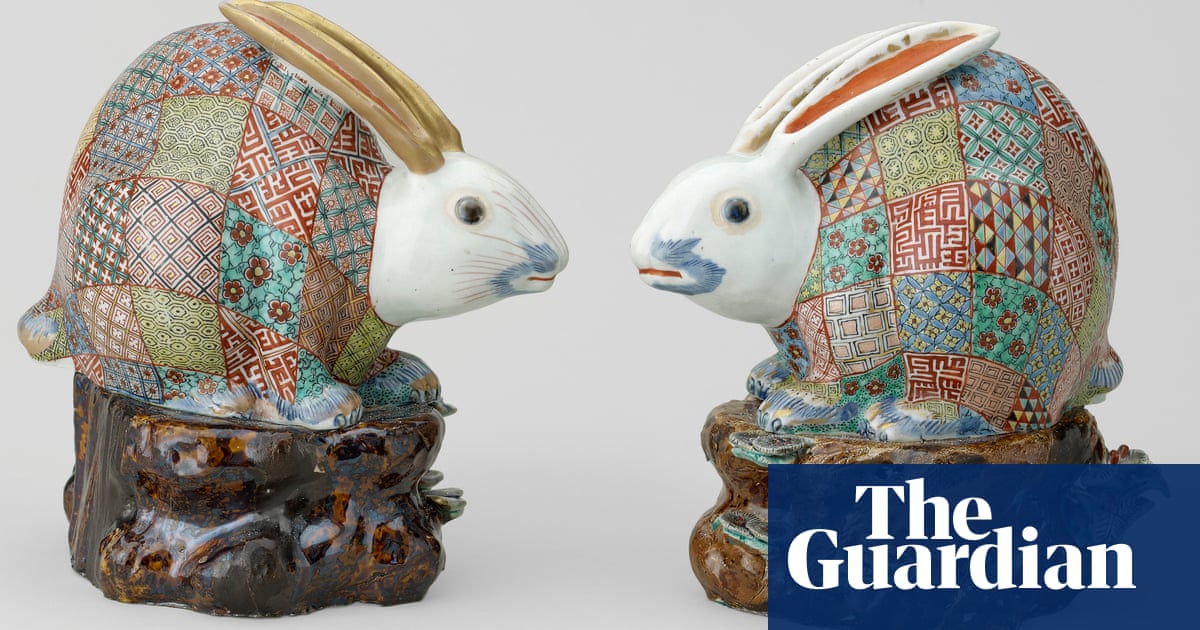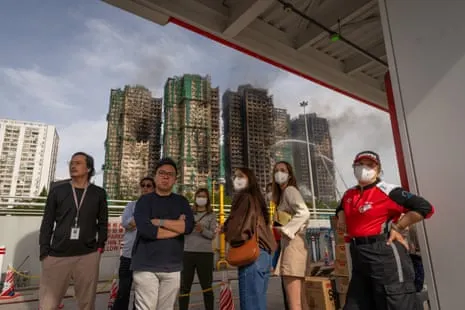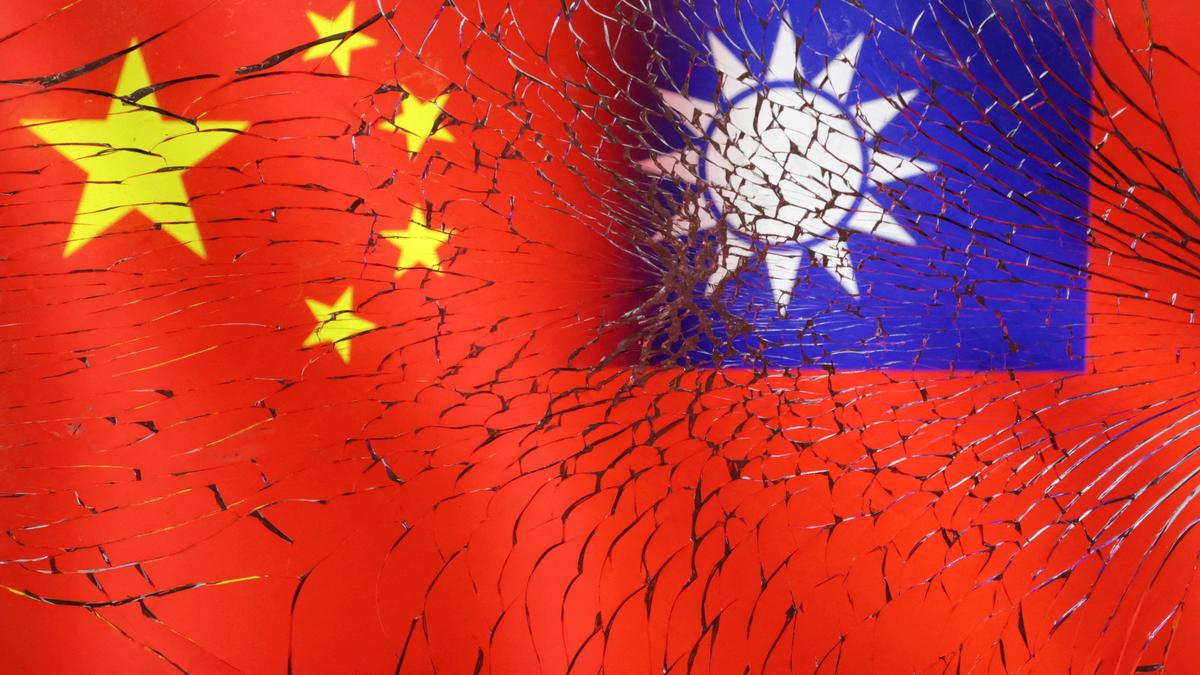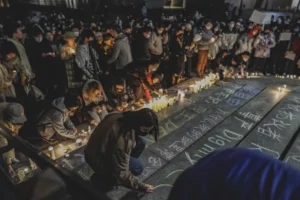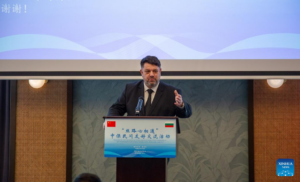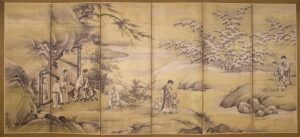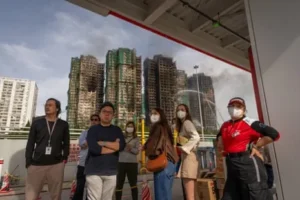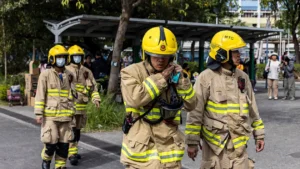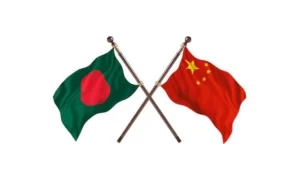Art of diplomacy: 300 years of Japanese art in Britain’s royal collection
Show caption Face to face … a pair of porcelain pastille burners in the form of hares, 1680-1720. Photograph: Royal Collection Trust / Her Majesty Queen Elizabeth II 2022 Art Art of diplomacy: 300 years of Japanese art in Britain’s royal collection A Queen’s Gallery exhibition tells the story of centuries of artistic and cultural exchange between east and west Nicholas Wroe Thu 7 Apr 2022 08.00 BST Share on Facebook
Share on Twitter
Share via Email
In 1881, two young British princes serving as midshipmen in the Royal Navy visited Japan, where they had a meeting with the emperor. This encounter wasn’t the most significant between the royal families of Britain and Japan, or the most extravagant – the princes bought a metal teapot and cups as a gift for their father in a nascent tourist market – but it was emblematic of the long and complex interaction between the two countries. While in Japan, the princes, aged just 16 and 17, got tattoos on their arms: a couple of storks for Prince Albert and a dragon and a tiger for the future George V, Prince George.
“Tattoos were part of naval culture and were a British aristocratic fashion in the late 19th century,” explains Rachel Peat, the curator of a new exhibition, Japan: Courts and Culture, which opened at the Queen’s Gallery this week. “But in Japan, tattooing had very different connotations. It has been both a revered art form and at various times illegal in Japanese history, so there is a mystique and almost danger to getting one, which might well have been part of the allure for the tourists.”
The sense of something distant, desirable and difficult to access has been a key part of the western fascination for Japanese art, culture and objects. It is evidenced in this first exhibition dedicated to works of art from Japan in the royal collection, for which the Queen’s galleries have been specially redesigned. While it is not a comprehensive survey of Japanese art – no calligraphy or kimonos and only one netsuke miniature sculpture – it reveals an engrossing story of diplomacy, taste and power through artistry and craftsmanship.
The first royal contact came in 1613, with an exchange of gifts that included a set of samurai armour, shortly before Japan closed itself to western influence for more than 200 years. Not that this put an end to the attraction for all things Japanese. If anything, the closure of Japan made its products all the more fashionable and sought after, and, via Chinese and Dutch merchants, the royal family continued to build its collection of porcelain and lacquer products, whose secrets of manufacture were still unknown in the west. The reopening of Japan in the 19th century prompted a renewal of royal visits and a new appreciation and understanding of Japanese art in the west, and the start of the 20th century saw warm relations between the countries. The rupture of the second world war was healed in the 1950s with a coronation gift from Emperor Hirohito to the new British queen and was widely regarded as an attempt to use art to symbolise a new era of cooperation.
“These objects are normally dispersed across 15 different historic and royal residences,” says Peat. “So bringing them together and seeing them as a whole is quite something. Many of the objects are gifts directly commissioned by the imperial family, and in some cases even designed by them. The result is work of the most exquisite quality, but also work that reveals a fascinating history – complete with peaks and troughs – of an ever-changing relationship not only between courts, but between cultures.”
From east to west: four artworks from the show
Photograph: Royal Collection Trust / Her Majesty Queen Elizabeth II 2022
Folding screen painting, 1860
This painting depicting Mount Fuji in the spring – one of a pair sent to Queen Victoria in 1860 – was thought to be lost, but was rediscovered during preparations for the exhibition. It is made of silk with hinges of paper and gold leaf, and is extremely fragile. The screens are considered to be paintings not furniture, and would be displayed flat to best show the work of the artists. It was among the first diplomatic gifts to be made after Japan reopened to the world following more than 200 years of isolation.
Pair of pastille burners in the form of hares, 1680–1720 (main picture)
These decorative porcelain figures represent the year of the rabbit and draw on wider eastern mythology about rabbits or hares being associated with the moon and notions of immortality. They also function as incense burners, with the smoke emerging through holes in the rockwork stumps on which the hares sit.
Photograph: Royal Collection Trust / Her Majesty Queen Elizabeth II 2022
Armour from the Myōchin school, 1537–1850
This samurai armour is constructed from leather, doeskin, horsehair, bear fur, gilt copper, gold filigree and thousands of tiny iron pieces laced together with vibrant blue and red silk to make a flexible covering that is wrapped round the body. It is likely that elements from several suits of armour were used to make this suit, which was presented to Queen Victoria’s son Alfred in 1869. He was the first overseas royal of any nationality to visit modern Japan.
Photograph: Royal Collection Trust / Her Majesty Queen Elizabeth II 2022
Cosmetic box and cover, c.1890–1905
This wooden box decorated with black, gold and silver lacquer was the first diplomatic gift after the second world war, given to the Queen by Hirohito, the Emperor Shōwa, to mark her coronation in 1953. It was made by Shirayama Shōsai who was one of the leading artists during a golden age of lacquer work in the early 20th century. Here he has depicted a heron, whose feathers are picked out in silver lacquer, accented with gold streaks.
• Japan: Courts and Culture is at the Queen’s Gallery, Buckingham Palace, London, until 26 February 2023.
• This article was amended on 8 April 2022 to correct the closing date of the exhibition.
